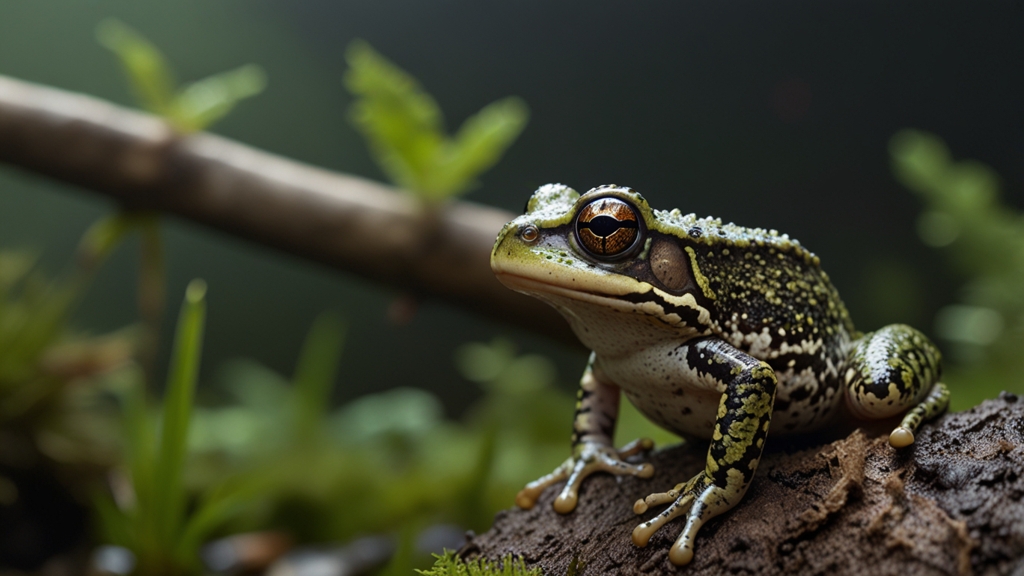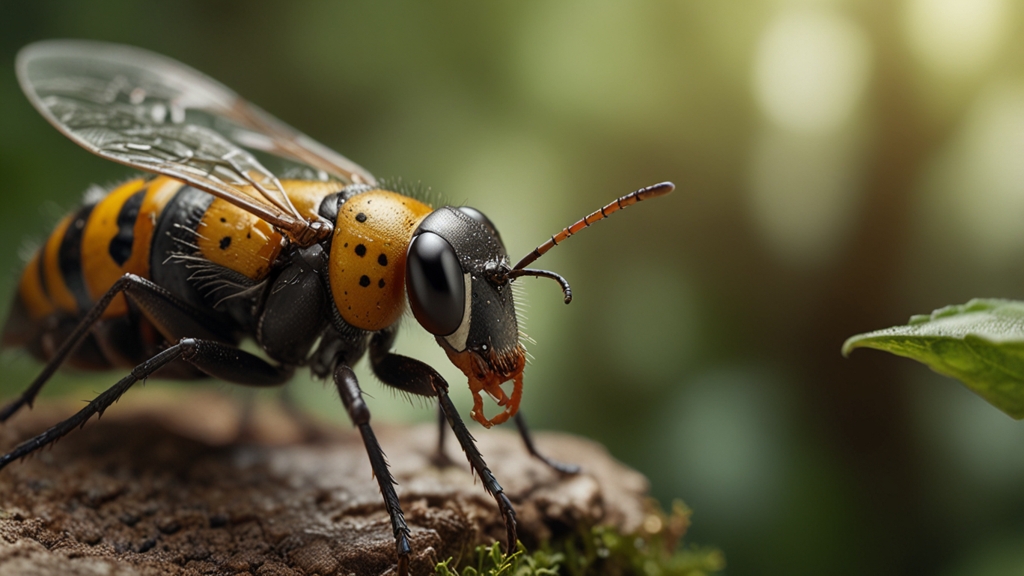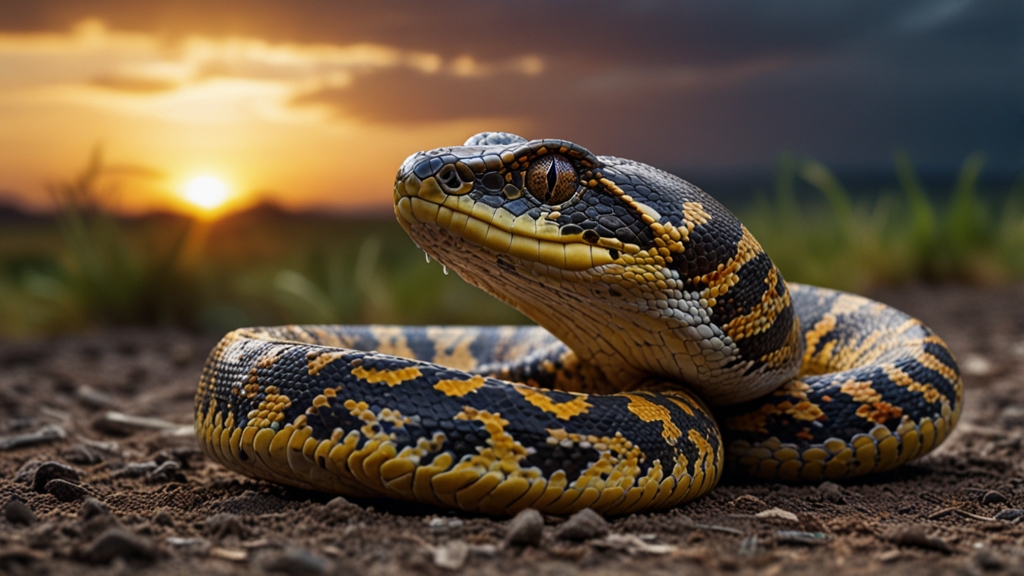Introduction
Climate change is a pressing global issue that affects a wide range of ecosystems and species. Among the most vulnerable are amphibians like frogs and newts. These creatures are highly sensitive to environmental changes, making them significant indicators of the overall health of our planet's ecosystems. As climate change accelerates, the lives of frogs and newts are being reshaped in profound ways, leading to complex ecological consequences.
Changes in Habitat
One of the most noticeable impacts of climate change on frogs and newts is the alteration of their habitats. Rising temperatures and shifting precipitation patterns can dry out wetlands, ponds, and other aquatic environments essential for their survival. These habitats are critical for breeding, feeding, and shelter.
"Wetland reduction due to prolonged droughts and altered precipitation patterns is posing a significant risk to amphibian populations," says Dr. Jessica Wade, a herpetologist specializing in climate impacts on amphibians.
Additionally, the migration patterns of these amphibians might also shift as they search for suitable habitats. This often results in increased mortality rates due to longer migrations through hostile environments.
Reproductive Challenges
Frogs and newts rely heavily on seasonal cues for breeding. Temperature and rainfall are two critical factors that signal the start of the breeding season. With climate change causing erratic weather patterns, these cues are becoming increasingly unpredictable. This disrupts breeding cycles, leading to lower reproductive success.
Delayed or early breeding seasons can result in mismatched timing with the availability of food resources, further compromising the survival of juvenile amphibians. In some severe cases, species may even face reproductive failure, putting entire populations at risk of decline.
Increased Disease Vulnerability
Climate change is creating favorable conditions for the proliferation of pathogens that affect amphibians. Warmer temperatures and changes in humidity can exacerbate the spread of fungal infections like chytridiomycosis, which has already led to the decline or extinction of several amphibian species worldwide.
"Chytridiomycosis thrives in altered environmental conditions, and as climate change progresses, we are witnessing more frequent and severe outbreaks," warns Dr. Thomas Green, an expert in amphibian diseases.
These diseases weaken amphibians' immune systems, making them more susceptible to secondary infections and reducing their ability to cope with other environmental stressors.
Food Web Disruption
The cascading effects of climate change are not limited to amphibians alone; they extend to the entire food web. Frogs and newts play a pivotal role as both predators and prey within their ecosystems. Shifts in their populations can lead to an imbalance, affecting various other species.
For example, a decline in frog populations can lead to an increase in insect populations that frogs typically prey on. This, in turn, can affect plant communities and even human agriculture, showcasing the far-reaching implications of amphibian challenges.
Adaptive Responses
Despite the numerous threats posed by climate change, frogs and newts are also displaying remarkable adaptive responses. Some species are shifting their ranges to find more suitable habitats, while others are altering their behaviors and physical characteristics to better cope with new environmental conditions.
However, while these adaptive responses offer a glimmer of hope, they may not be sufficient to counteract the rapid pace of climate change. Conservation efforts are crucial to support these species and mitigate the impacts of a warming world.
Conclusion
Climate change is reshaping the lives of frogs and newts in multifaceted ways. From habitat loss and reproductive challenges to increased disease vulnerability and food web disruptions, the challenges facing these amphibians are immense. Understanding and addressing these issues is critical for preserving biodiversity and maintaining ecological balance. Through targeted conservation efforts and global climate action, we can help ensure that these enchanting creatures continue to thrive in a changing world.












